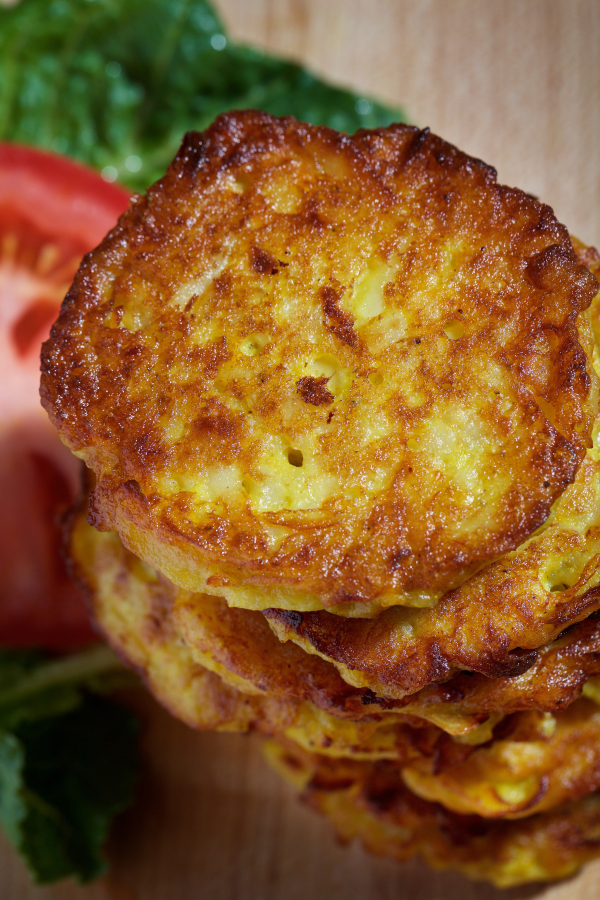I like latkes. All kinds: starchy potato, sweet potato, zucchini, cheese, apple, leek, even vegan and gluten-free ones. But for too long in this country, Hanukkah has been all about the latkes – and I’m just about over it.
Sure, there are the games of dreidel, the chocolate gelt and sugary doughnuts with the fancy Hebrew name sufganiyot. But it’s almost as though guests won’t even know they’ve arrived at a Hanukkah party – the first of the Jewish holiday’s eight nights falls on Christmas Eve this year – unless they’re greeted by that telltale oily fried smell. From synagogue preschool parties to an annual celebration at the White House, the potato pancake is the guest of honor.
At their best, latkes are a crunchy, savory delight, just snatched from hot oil, perfectly golden brown and ready to be topped with sour cream or applesauce or, even better, eaten straight up. But even if a distant cousin from the supermarket freezer case shows up, a bit soggy and barely warm, it doesn’t seem to matter. People feel compelled to consume.
Such iconic food status is hard to dismiss – not that I want to. But latkes aren’t the only oil-involved foods appropriate for the holiday.How did they take over Hanukkah, anyway?




